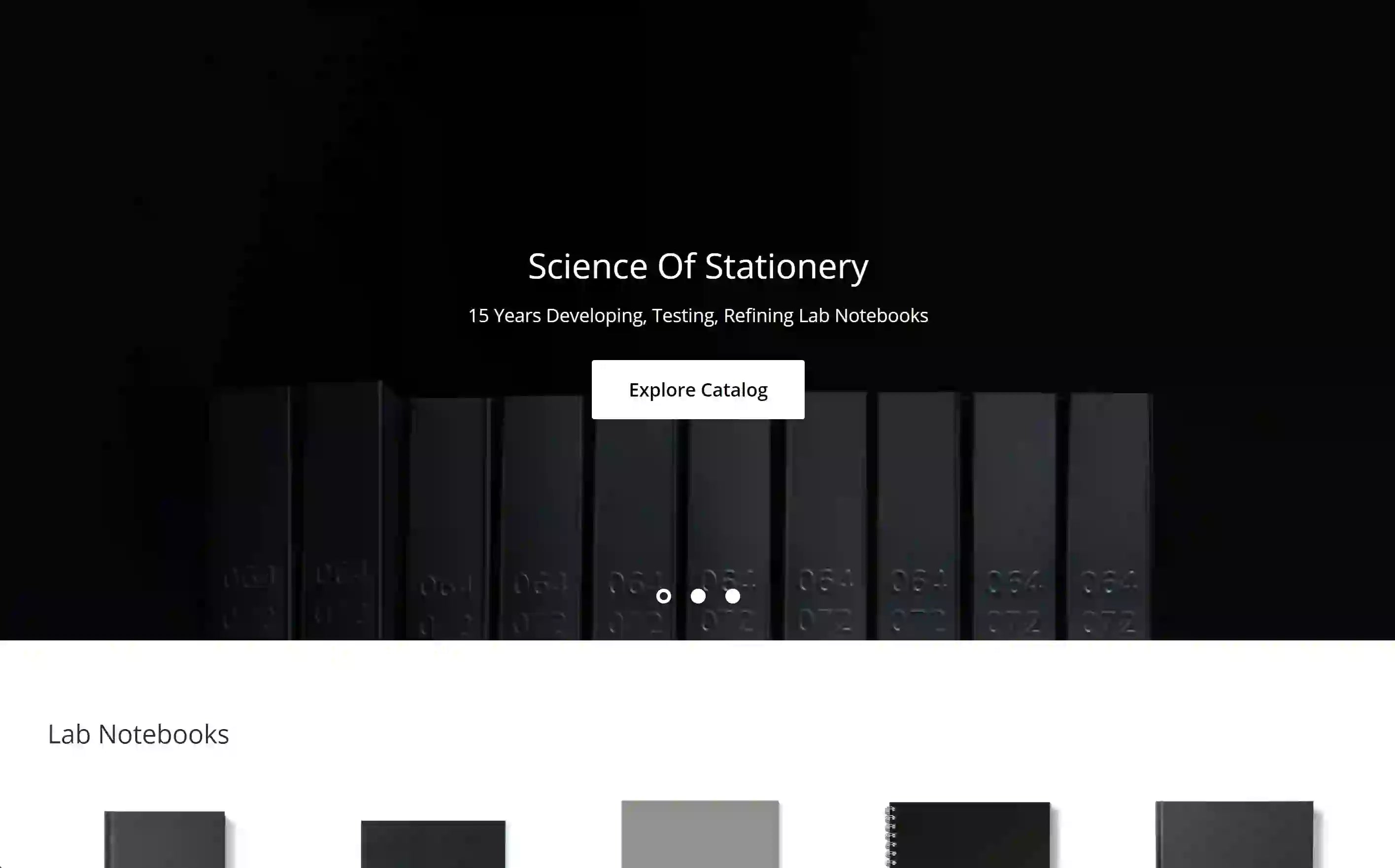In the world of scientific research, the ability to communicate complex information is just as crucial as the experiments themselves. Scientific illustrations are vital in this communication, transforming abstract data and complex ideas into visual forms that are easier to understand and interpret. In laboratory notebooks, these illustrations are a tool for documentation and a critical component of the scientific process.
In this blog, we'll explore the importance of scientific illustration in lab notebooks, offering insights into techniques for creating effective drawings and highlighting how VELA Sciences notebooks are designed to help students, illustrators, scientists, and nature enthusiasts alike with this essential task.
Why Scientific Illustrations Matter
Scientific illustrations serve multiple purposes in research. They provide a visual representation of observational data, experimental setups, and results that can be more easily understood than textual descriptions alone. They help bridge language barriers and are valuable in fields where visual information is crucial, such as biology, chemistry, geology, and engineering.
Illustrations also play a crucial role in publishing research findings. High-quality drawings can enhance the readability and impact of a paper, making findings more apparent to peers and the public. These illustrations are invaluable for explaining concepts to students and other learners in the teaching context.
The Techniques of Creating Effective Scientific Drawings
Creating practical scientific illustrations requires a mix of artistic skill and scientific knowledge. Here are some techniques that can help improve the quality of your illustrations:
1. Accuracy is Key
Ensure that your illustrations are scientifically accurate. This means paying attention to proportions, dimensions, and details accurately representing the experimental data or subjects.
2. Simplicity and Clarity
While detail is essential, cluttered drawings can obscure the intended message. Use clear and simple lines to enhance readability, focusing on the essential parts of your message.
3. Consistent Style
Use a consistent style throughout your illustrations. This includes consistent use of colors, line weights, and labeling. A uniform style helps maintain clarity and professionalism.
4. Effective Labeling
Labels are crucial in scientific illustrations. Ensure that every part of your illustration needs an explanation and has a clear, readable label. Use arrows and leader lines smartly to avoid overcrowding the image.
5. Use of Templates and Tools
Employ templates and tools to maintain precision and uniformity. Compasses, rulers, and software applications can help create geometrically precise drawings that enhance the scientific integrity of your illustrations.
VELA Sciences Notebooks: Designed for Precision
VELA Sciences notebooks are crafted with the needs of the scientific community in mind, particularly those who require precision and durability in their recording mediums. Here’s how our notebooks support the art and science of scientific illustration:
High-Quality Paper
Our notebooks feature thick, high-quality paper that prevents ink bleed-through, ensuring crisp, clear illustrations in both pen and pencil.
Flat-Lay Design
Our notebooks' flat-lay design ensures that they can be opened fully without damaging the spine—perfect for drawing across two pages for larger, more detailed illustrations.
Durability
Built to withstand the rigors of laboratory environments, our notebooks ensure that your illustrations and data are preserved under all conditions, from fieldwork to lab benches.
Variety of Formats
VELA Sciences offers a range of formats, including grid, lined, and blank pages, to cater to different types of scientific illustrations and recording needs.
Trust VELA Sciences for All Your Lab Notebook Needs
Scientific illustrations are not just drawings; they are an integral part of the scientific documentation and communication process. A well-designed laboratory notebook like those offered by VELA Sciences supports these needs and enhances the overall quality of scientific recording.
Whether you're a student illustrating initial observations or a professional, scientific illustrator documenting groundbreaking findings, remember that each line drawn contributes significantly to the broader spectrum of scientific knowledge. Explore our selection of laboratory notebooks today!



